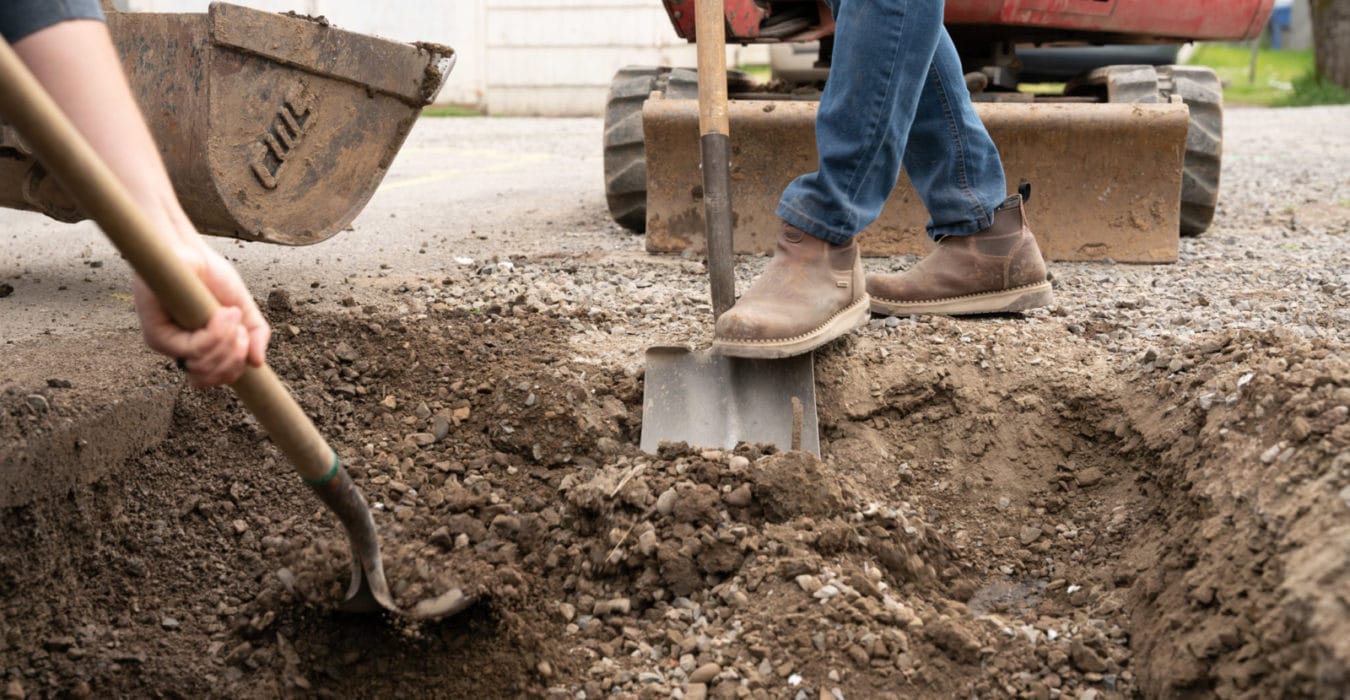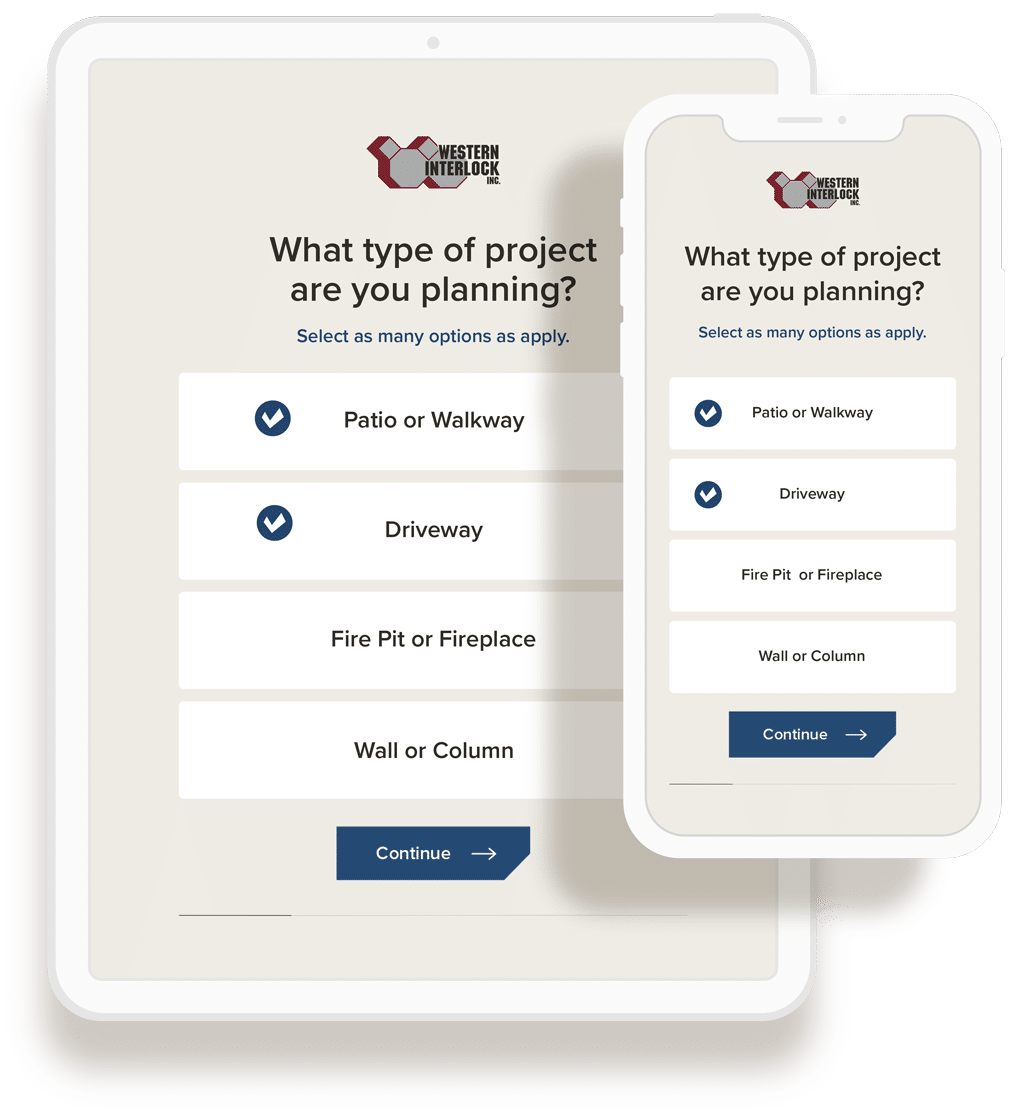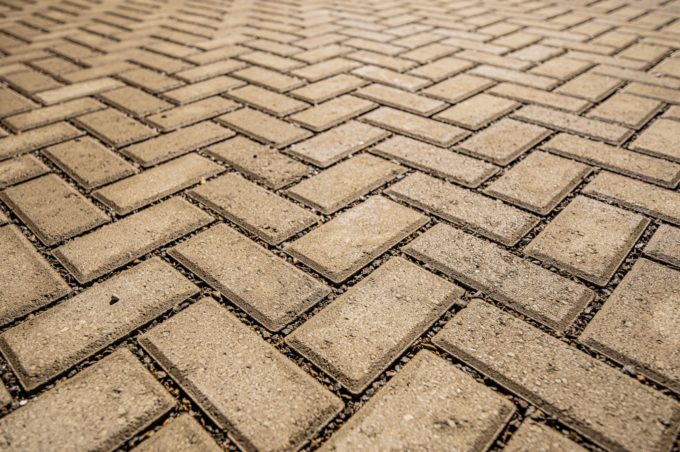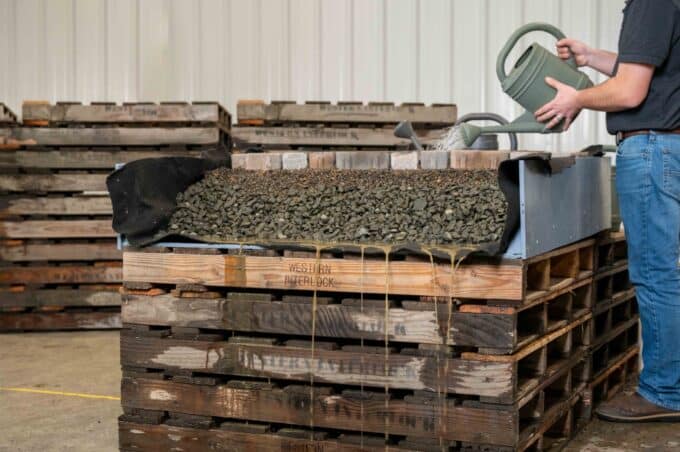Get our FREE Project Planning Guide
"*" indicates required fields
You’re here because you have an upcoming paver project and want to know how deep you need to dig for it to stand the test of time. The short answer is that your paver project will only last as long as your base is deep. That’s why you’ll need to excavate 7–13” below the finished grade, depending on the type of traffic you expect the pavers to receive.
For the long answer, and to see the exact depths required for specific types of home projects, keep reading.
One of the most common problems people run into with their pavers is failing to first secure a deep, well-constructed base. Without an appropriate base, pavers can sink, shift, or crack over time. The best way to avoid this is to first properly excavate your patio area.
The amount of digging you’ll have to do for your pavers is determined by the type of surface you’re covering, the volume of traffic you anticipate the pavers receiving, and the kind of base you plan to install.
If you’re installing pavers over an old concrete patio or foundation, you won’t need to dig at all. However, if you’re installing pavers over an existing lawn or garden, you’ll need to dig down at least 7” so that the new surface will be level with the surrounding ground. This ensures stability under the weight of traffic and whatever will be placed on top of them.
Lastly, the depth of your base depends on the kind of base you’re going to install. So, let’s break down what comprises a paver base.
What’s in a paver base
The support system under pavers consists of three levels: sub-base, base, and bed.
What’s in a paver sub-base?
The bottom level is the sub-base, composed of compacted soil beneath the installation site.
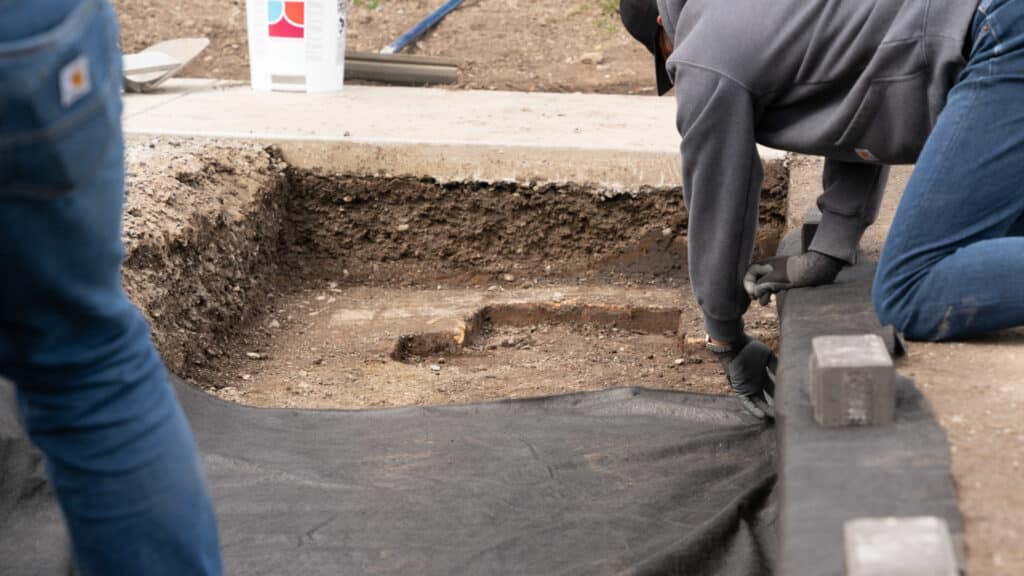
What’s in a paver base?
The base course, which is the next layer, is typically made up of ¾” -0 crushed gravel. In some specialty applications, other aggregates are used, such as 3″ crush or ¾”open. This layer is compacted in several lifts and establishes the foundation for the bedding layer.
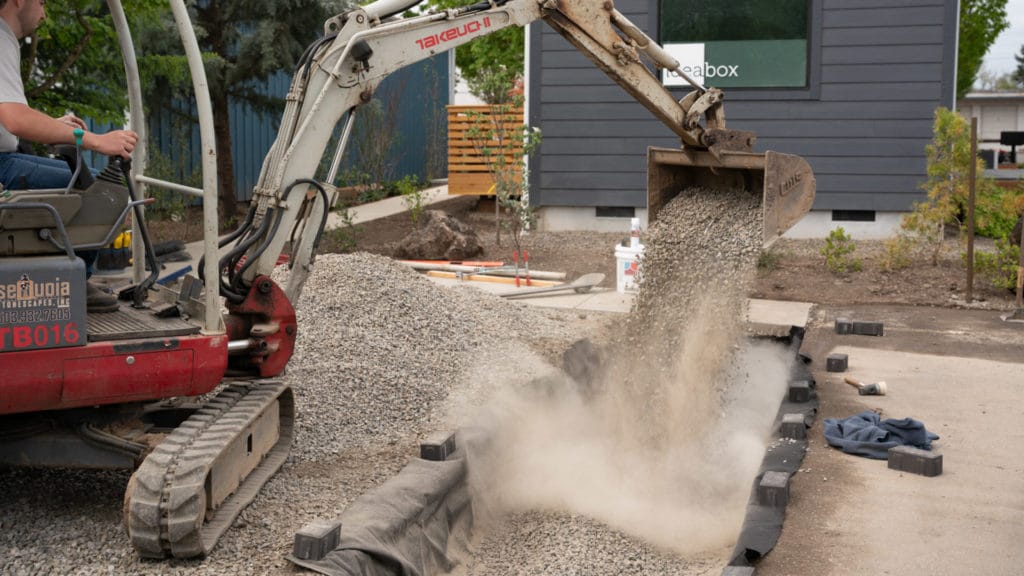
What’s in a paver bed?
The top layer is known as the bedding course. It may be made up of a variety of materials, but it’s usually composed of a mix of ¼” -10 crushed gravel or washed concrete sand that will hold the pavers in place.
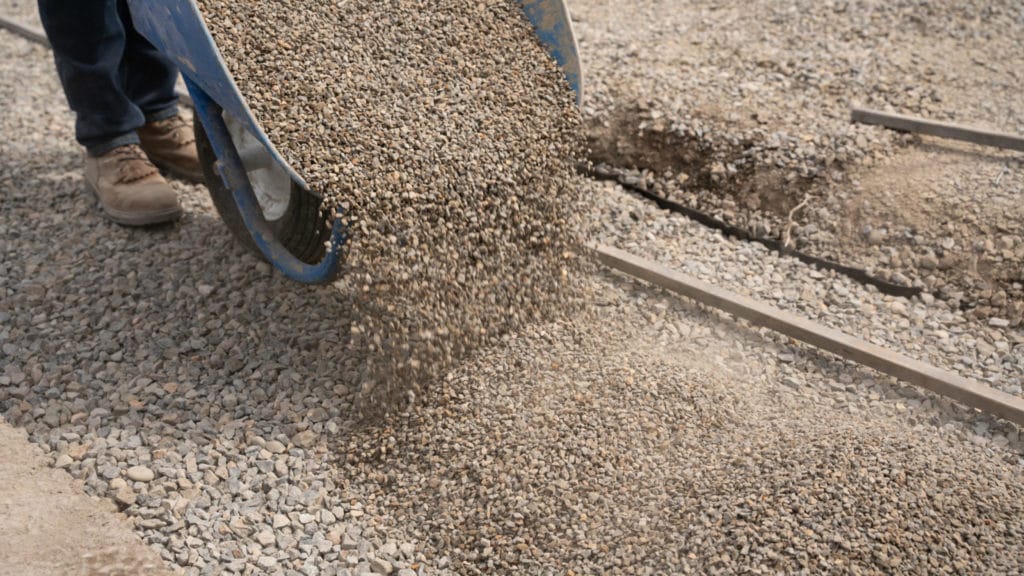
Now, let’s look at the two types of paver applications, pedestrian and vehicular, and what you need to know about each.
How deep to dig a paver base for pedestrian applications
Patio, path, firepit. These are a few examples of purposes that would be considered pedestrian in nature. The base for these applications should be dug at least seven inches below the finished grade level to ensure a sturdy foundation for your pavers.
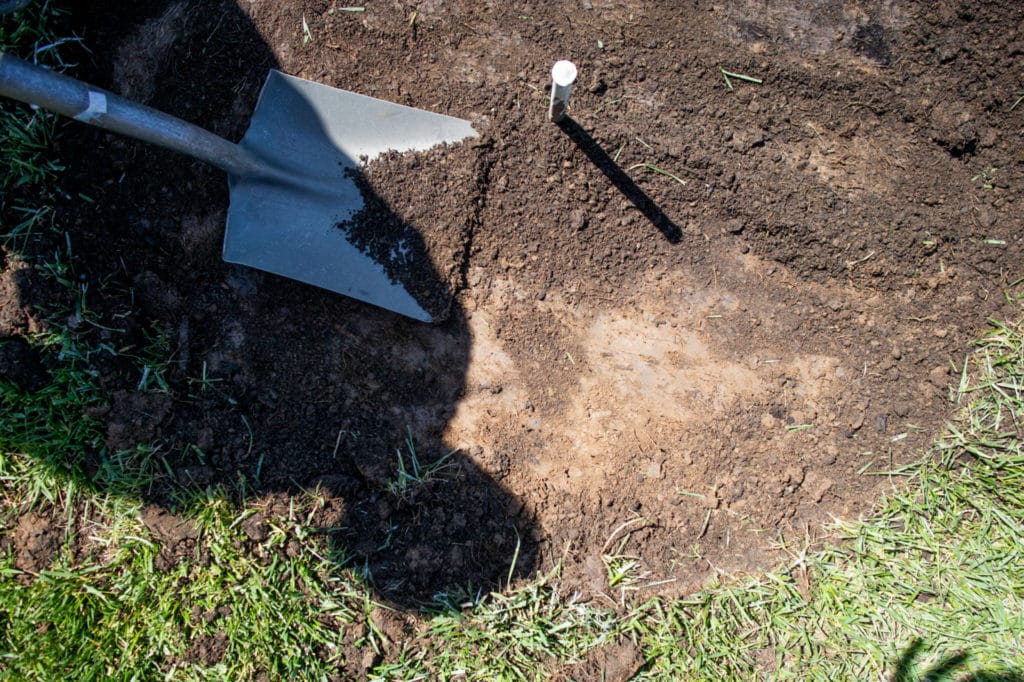
For normal foot traffic, build your sub-base at least seven inches thick. For heavy pedestrian applications—for example, a fire pit or barbeque area where grills and other equipment could sit—build your base 10 inches thick. If you’re not sure whether you expect normal or heavy foot traffic for your project, go ahead and make it 10 inches, just in case!
How deep to dig a paver base for vehicular applications
Now, if you’re using pavers for a driveway or other area that will receive vehicular traffic, you’ll need to dig deeper. The base should be excavated a minimum of 13 inches below the finished grade to ensure stability and longevity.
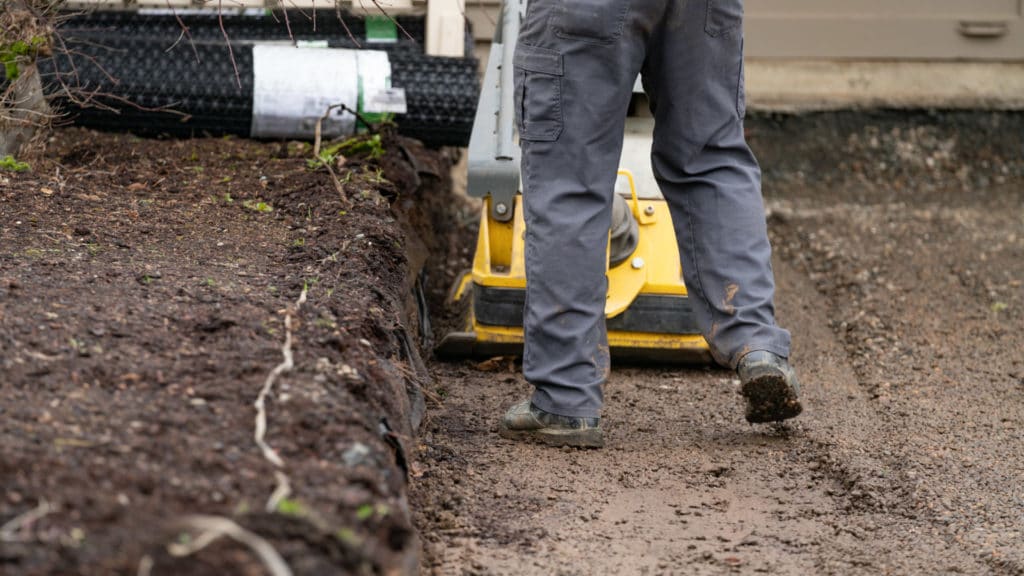
The reason for the difference in depth is simple: a car or truck driven over pavers puts more pressure on the surface than does someone walking. That increased pressure can cause your pavers to sink, become uneven, or shift out of place. By excavating deeper, you ensure that your pavers will be able to handle whatever traffic comes their way.
Next step: construct a stable base
While digging depth is important, it’s equally as important to ensure that your sub-base and base are filled and compacted properly. This will help guarantee that the new surface stays in place for years to come.
Learn more about how to prepare and install a foundation for pavers in our article How to Prep & Lay a Base for Pavers.
Lay pavers that last
There you have it! How deep you need to dig for your paver project depends on their intended purpose and how much traffic they will receive. Follow these guidelines and your pavers will last.
If you’d like to learn more about how to install pavers for a patio, fire pit, driveway, or another use case, watch our free online video training: How to Install Pavers.
We also have dozens of step-by-step DIY paver installation tutorials right here on WesternInterlock.com/DIY. You can learn how to build just about anything with pavers. You may also get an instant recommendation on the perfect paver for your next project using our Paver Finder Quiz.
If you’d like to talk with someone about your project, or order pavers, please select Get a Quote on WesternInterlock.com and fill out the form. We’ll get right back to you.
Get our FREE Project Planning Guide
Tell us where to send it and we’ll email the backyard planning guide to you right away!
"*" indicates required fields


